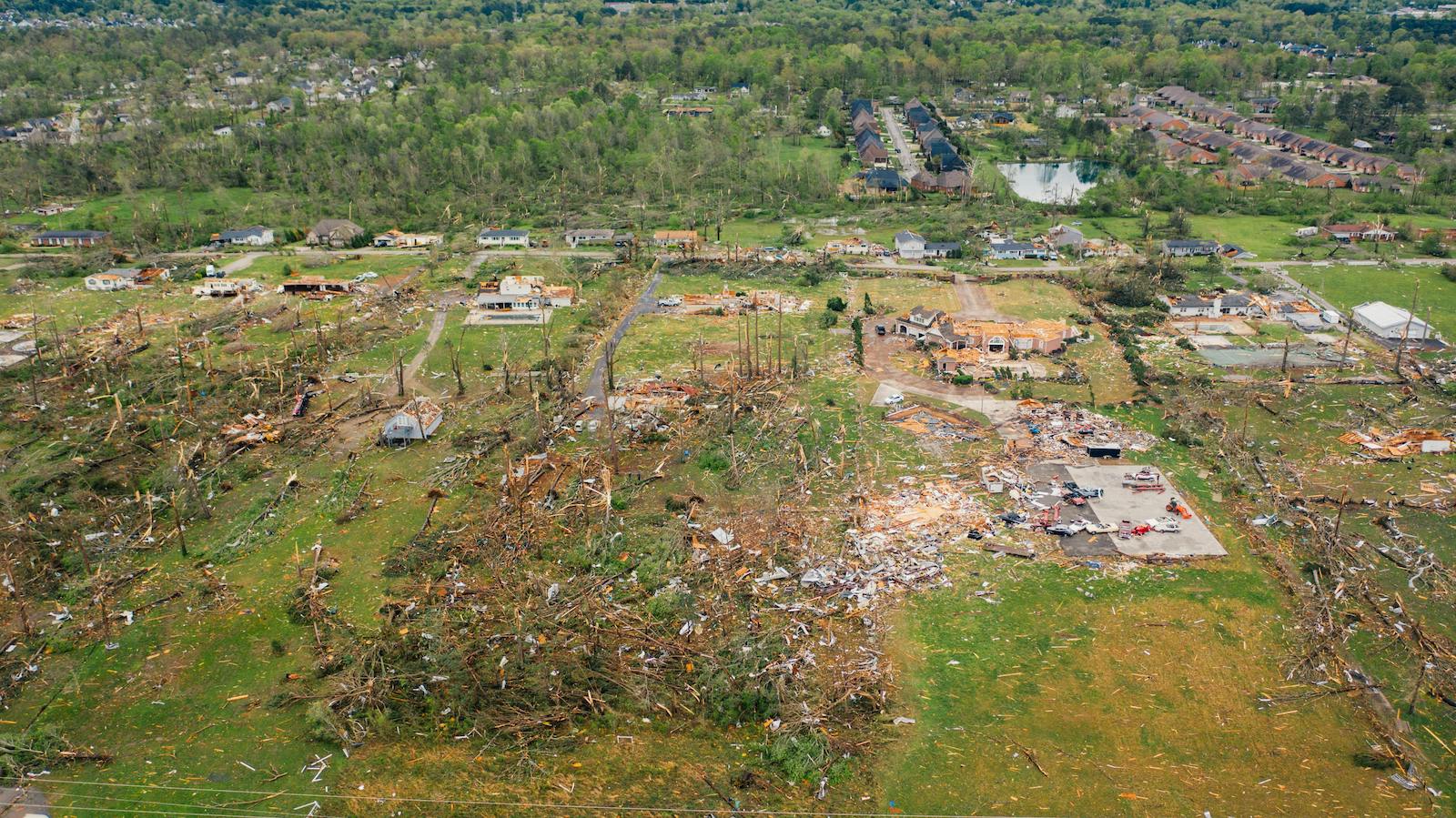Potential business disruptions are part of a company’s regular continuity plan. Still, few were prepared for the impact of a global pandemic that has shut down businesses around the world. Many companies have faced challenging decisions like laying off or furloughing employees for an extended period, while others have had to shift to a fully remote workforce quickly.
Four leading CEOs in our industry joined us for our special edition Out Front Ideas COVID-19 Briefing Webinar Series to discuss the challenges their businesses are facing and how they are adapting:
- Keith Newton – CEO of Concentra
- Dave North – CEO of Sedgwick
- Tom Warsop – CEO of One Call
- Mark Wilhelm – CEO of Safety National
The Carrier Perspective
The insurance companies are facing an onslaught of regulators seeking a myriad of information. Carriers are inundated with data requests, receiving hundreds of bulletins and directives covering most territories, states and Canada. Some states have issued moratoriums on cancellations for non-payments of premiums, while others have requested that carriers make it clear to the public how they will treat premium leniency. Carriers are being asked to provide a COVID-19 readiness plan, including the impact on the business, both operationally and the impact on investment income. The National Association of Insurance Commissioners (NAIC) has stepped in, asking states to pause on data requests, so carriers can focus on servicing their insureds.
Regulators and legislators are seeking to expand the compensability of claims beyond what was planned during the underwriting and pricing phases. Many legistlators are passing laws stating that COVID-19 claims are presumptions, especially for healthcare workers and first responders, meaning it is presumed they contracted the virus while on the job and it should be covered accordingly. Some states are even looking to expand this to all essential workers.
As far as the financial impact on carriers, there are a few items to consider. Carriers could see a decrease in premiums due to employer payrolls decreasing. There are also credit risks due to non-payments on premiums, and there may be portfolio devaluations in the future due to lowered interest rates. However, with specific industries, like healthcare, seeing more claims, many sectors will see a decrease in claims because of shelter-in-place enforcements.
The Third-Party Administrator (TPA) Perspective
Initially, TPAs saw a surge in paid leaves in the U.S., but that has now shifted to unpaid leaves because of the programs that employers have in place. With federal programs, like paid leave extensions, being evaluated, we do not yet know the direct impact they will have on injured workers. It may mean shifting an injured worker off workers’ compensation and on to one of those programs in the future if it is more beneficial.
Many employers are reaching out for planning for a future catastrophe. For example, if a natural disaster like a hurricane or tornado occurred during this time (a “cat” within a “cat”), employers want to know that their business would have a continuity plan in place. Everyone is considering the “what-if” scenarios right now, so many are overly preparing for the next big event.
See also: Keeping Businesses Going in a Crisis
In the workers’ compensation industry, there has been a drastic decrease in the number of new claims due to some businesses shutting down completely. However, some industries are growing significantly in the current state of the economy, which is noticeable with a more-diversified customer base. Pending claims in workers’ compensation have not seen the same drastic decrease, meaning the injured workers who received our attention before COVID-19 still need assistance, but now are less likely to obtain the care they need. Some patients have no idea how the change will affect their recovery or return to work.
Due to the pent-up demand for healthcare during the COVID-19 crisis, there will be a backlog of post-pandemic patient needs. This demand may put injured workers at a disadvantage because elective surgeries will not be prioritized above other significant needs like trauma surgeries. Actuaries will have to learn how to adjust to this uncontrollable shift. For example, will a lack of litigation be considered a trend, or will litigation rebound based on the high consumption of healthcare upon a return to normalcy?
There is a balance right now of taking care of the injured workers’ needs and also maintaining communication with them. As a workforce, all partners should be ready to embrace the injured workers when the industry returns to normal, readying resources and preparing to handle the increase of needs.
The Ancillary Program Provider Perspective
The most considerable impact has been an unwillingness for injured workers to get the treatment they need because of COVID-19 risks. Because patients do not want to come into contact with others, the frequency of demand is affected and delays their care. Provider access has also seen an impact. While most are still accessible, industries like dentistry have been advised not to continue treatment. The extension of telehealth has also made accessibility to care much better.
Referrals for ancillary services have decreased significantly. Specifically, transportation service requests are suffering, but well-established services like home health do not see the same drop in requests. Some ancillary program providers are seeing furloughs of their workforce due to a decline in demand. Some companies are providing advanced paid time off and healthcare coverage for furloughed employees.
Expect new operating models to emerge from this crisis. There will most likely be a significant increase in remote work employees, now that work from home opportunities have proven to be an adaptable method. The issues surrounding telemedicine use will likely not disappear after this crisis, now that there is a sustained demand for it. Rescheduling technology will also change due to the current number of requests. Shifting to a text-based rescheduling program has seen a much higher response rate from injured employees due to its ease of use, potentially guaranteeing future care for those who cannot currently access it.
The Occupational Health Provider Perspective
Because the occupational health workforce is patient-facing, at occupational medicine centers, employer worksites and primary care facilities, the industry is facing many challenges. These challenges include regulatory directives, limited personal protective equipment (PPE) for front-line healthcare providers and a significant drop in patient volume. However, the industry has dealt with a substantial reduction in patient volume before. During the 2008 recession, there was a significant decrease, but demand rebounded over the months following.
See also: Rethinking Risk Management in a COVID-19 World
Opportunities have developed from the crisis, including testing assistance and telehealth expansion. While limitations on PPE do not allow for occupational health employees to run testing for COVID-19, they are instead managing fit tests for the frontline providers, like those working the drive-through testing sites, to make sure their gear fits properly. Telehealth has provided an incredible opportunity for occupational health providers to expand their services for injured workers. Many providers that were not interested before have now been working quickly through an approval process, so their patients can receive the care they need. However, most occupational health practices are still open for business, but, to reduce exposure, they have reduced hours and staff in facilities.
While most of the industries within workers’ compensation had the ability to move to a fully remote workforce, declines in patient volume and referrals have forced some to furlough employees until there is a rebound. This crisis has forced all our CEOs to use disaster task forces within their organizations and learn how to readily adapt to changes in their businesses, both financially and operationally. COVID-19 will certainly breed many advances in patient care and opportunities for growth in the workers’ compensation industry, as all of our CEOs are continuously learning from the experiences this has created.
To listen to the full Out Front Ideas with Kimberly and Mark webinar on this topic, click here. Stay tuned for more from the Out Front Ideas COVID-19 Briefing Webinar Series, every Tuesday in April. View the full list of coming topics here.









